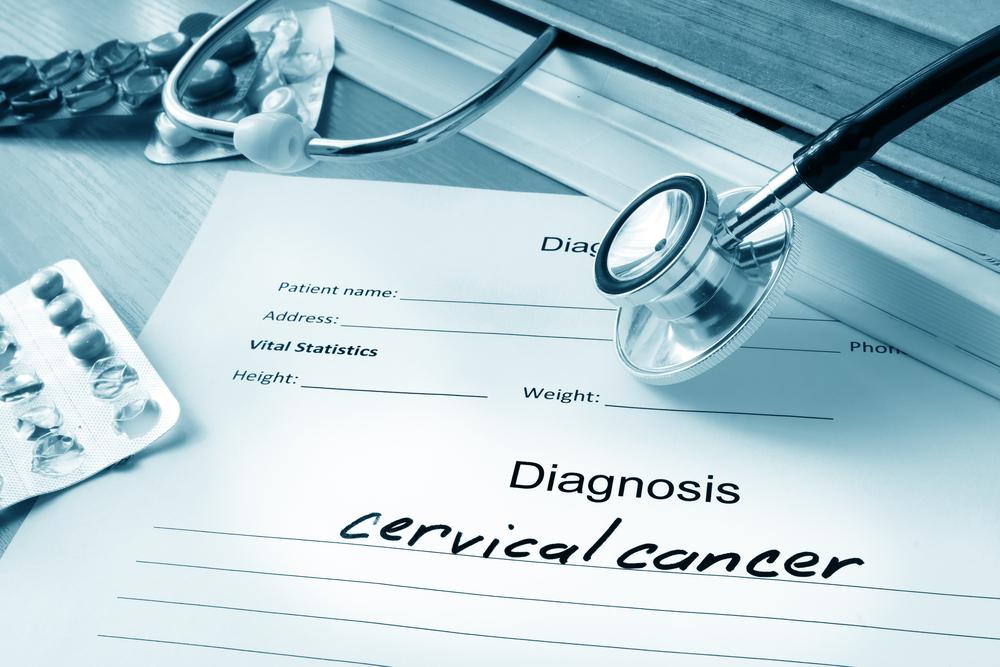Essential Insights into Cervical Carcinoma
This article offers a thorough overview of cervical cancer, covering its types, risk factors, symptoms, diagnosis, and treatment options. It emphasizes the importance of early detection and professional medical consultation. Understanding cervical cancer is crucial for women’s health worldwide. The piece highlights the role of HPV infection, smoking, and sexual activity in increasing risk, along with treatment approaches like surgery, radiation, and chemotherapy. Stay informed and prioritize screenings to curb this preventable disease.

Essential Insights into Cervical Carcinoma
Cervical carcinoma is a critical health issue impacting women globally. It results from abnormal cell growth within the cervix, which can progress to invasive cancer if not detected early. The cervix, part of the lower uterus, is composed of fibromuscular tissue and is divided into the ectocervix and endocervix. During childbirth, it dilates to allow the baby’s passage. Cancer may spread to nearby organs like the lungs, liver, bladder, and rectum if untreated.
There are primarily two types of cervical cancer: squamous cell carcinoma, constituting about 80-90% of cases, and adenocarcinoma, making up roughly 10-20%. They originate from different cell types within the cervix.
Major risk factors for cervical cancer include persistent infection with high-risk human papillomavirus (HPV) strains, which can disrupt tumor suppressor genes and cause mutations. Smoking significantly raises the risk, making smokers four times more susceptible. Having multiple sexual partners facilitates HPV transmission, further increasing risk. Extended use of contraceptive pills may also be linked to higher cervical cancer incidence.
Cervical cancer frequently shows no early signs. As it progresses, symptoms may include abnormal vaginal bleeding, pelvic pain, unusual vaginal discharge, and urinary or bowel difficulties, sometimes leading to kidney problems. Diagnosis involves screening, with treatment options varying based on the disease stage.
Early stages can often be treated with hysterectomy, removing the uterus.
Radiation therapy uses high-energy rays to target and eliminate cancer cells and may be employed to reduce tumor size before surgery.
Chemotherapy involves systemic drug delivery to destroy malignant cells and can be combined with other treatments.
Note: The details provided are for educational purposes. For medical advice, diagnosis, or treatment, always seek consultation from qualified healthcare practitioners. Do not rely solely on online information for health-related decisions.


